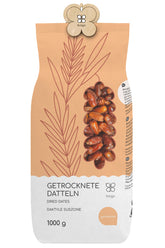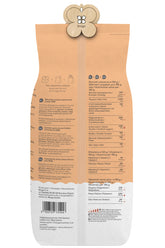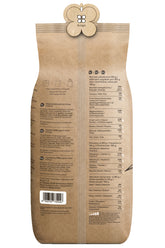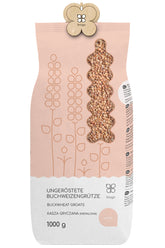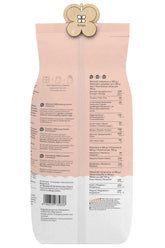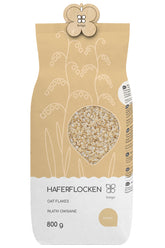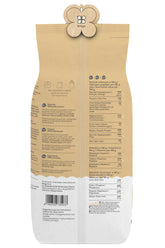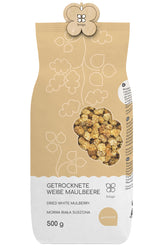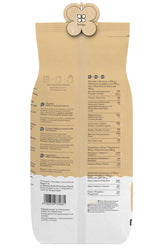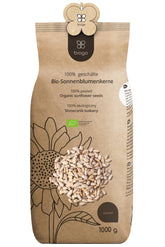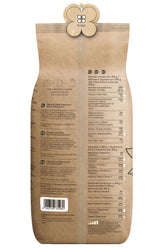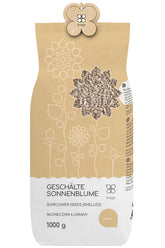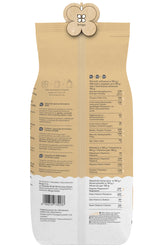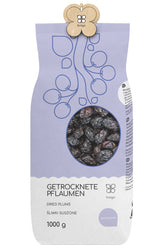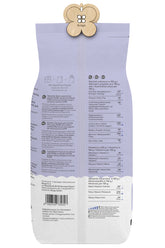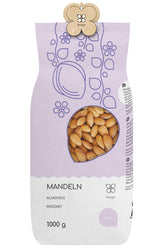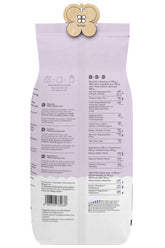In a time when more and more people are searching for healthy, sustainable foods, an ancient grain is making a surprising comeback: millet. Long dismissed as old-fashioned and boring, increasing numbers of people are discovering the diverse advantages of this ancient grain. Whether as a side dish, in soups, or as a base for delicious meals – millet is a true all-rounder in the kitchen and offers numerous health benefits besides.
The rediscovery of millet
Millet is one of the oldest grains in the world and was cultivated in Africa and Asia over 7,000 years ago. For a long time, it was a staple food before being increasingly displaced by wheat, rice, and corn during the 20th century. But in recent years, the tide has turned: More and more people are discovering the benefits of millet.
There are several reasons for this: Firstly, millet is gluten-free and thus an excellent alternative for people with celiac disease or gluten intolerance. Secondly, it scores with its high nutrient density and is considered very healthy. Moreover, millet is a sustainable grain that requires little water and thus thrives well in times of climate change.
The nutritional profile of millet
Millet is not only a gluten-free grain but also a true nutrient powerhouse. Compared to other grains like wheat or rice, it stands out with its particularly high content of important vitamins, minerals, and fiber.
Millet is an excellent source of B vitamins such as vitamin B1, B3, and B6. These play an important role in energy metabolism and contribute to normal brain function. Additionally, millet contains plenty of magnesium, iron, zinc, and calcium – all essential minerals for our bodies.
Particularly noteworthy is the high fiber content of millet. With around 8 grams per 100 grams, it even surpasses whole wheat. Fiber is not only important for digestion but can also lower cholesterol levels and reduce the risk of cardiovascular diseases.
Health benefits of millet
Due to its impressive nutritional profile, millet offers numerous health benefits. Especially for people with diabetes or obesity, regular consumption of millet can be advantageous.
For example, millet has a relatively low glycemic index, meaning blood sugar levels rise only moderately after consumption. This makes millet an ideal food for people with diabetes. Additionally, the high fiber content can help curb appetite and thus aid in weight loss.
Millet is also valuable for heart health: The fiber, minerals, and phytonutrients it contains can lower cholesterol levels and reduce the risk of cardiovascular diseases. Moreover, millet is free of gluten and cholesterol, making it a healthy alternative to other grain products.
Versatile uses in the kitchen
In addition to its health benefits, millet also convinces in the kitchen. As a versatile grain, it can be prepared in countless ways and integrated into various dishes.
The most well-known is certainly the classic portion of millet as a side dish. Similar to rice or quinoa, millet can be cooked and used as a base for savory dishes like curries, stews, or salads. Beyond that, millet can also be processed into porridge and enjoyed for breakfast.
But millet is much more than just a side dish: It works excellently as an ingredient for homemade bread, cookies, or cakes. It's also increasingly used as a base for vegan burger patties or falafel. And for those with a sweet tooth, millet can even be turned into delicious desserts like millet pudding or porridge.
Conclusion: Millet – the all-purpose weapon in the kitchen
Whether as a side dish, in soups, salads, or desserts – millet is a true multitasker in the kitchen. Thanks to its impressive nutritional profile and the variety of preparation methods, it's worth incorporating this ancient grain more often into your meal plan.
Millet is not only gluten-free and thus a great alternative for people with celiac disease. It also scores with its high content of important vitamins, minerals, and fiber. This makes regular consumption of millet a contribution to a balanced and healthy diet.
So, let yourself be inspired by the variety of millet and rediscover this superfood for yourself! Whether as a side dish, in soups, salads, or desserts – millet is a true all-rounder in the kitchen and brings variety to the table.

